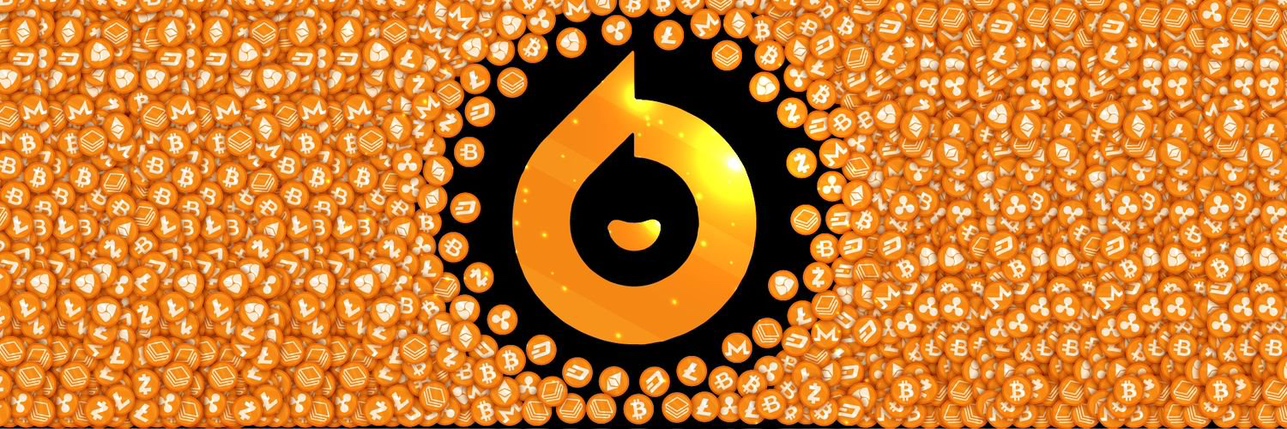
RizzFortniteSussyOhioXDMustard67 價格alpha
alpha/TWD 匯率換算器
RizzFortniteSussyOhioXDMustard67 市場資訊
今日RizzFortniteSussyOhioXDMustard67即時價格TWD
截至2025年10月26日,加密货币市场正在经历显著成熟和动态活动的时期,标志着前所未有的机构采用、关键技术进步和不断演变的监管环境。全球加密市场总市值显著超过了4万亿美元的门槛,显示出广泛的进展和日益增加的主流接受度。 [1, 18]
市场概况:机构接受和价格行动 今天的市场情绪受到机构参与激增的强烈影响。主要金融参与者如贝莱德、摩根大通和摩根士丹利正在扩大其数字资产产品,持有超过1750亿美元的比特币和以太坊交易所交易产品(ETP)合计资产。 [4, 18] 这种机构的涌入促使加密市场近期仅在18小时内增加了超过530亿美元。 [16]
比特币(BTC)交易价格在111,000到112,000美元之间,早前的10月反弹将其推向了接近125,000美元的高峰。 [9, 11, 16] 分析师预计比特币将在2025年底前达到150,000到160,000美元,有些长期预测甚至指出可能达200,000美元或更高,受到持续机构投资和减半周期动态的推动。 [2, 23, 24] 然而,部分分析师警告可能会出现回调,一些预测建议将跌至70,000-80,000美元区间。 [25]
以太坊(ETH)继续保持其位置,显著的ETF投资促进了其增长。 [9] 虽然比特币吸引了市场的大部分注意力,但以太坊的稳定机构使用和衍生品增长强调了其基础性角色。 [9] Solana(SOL)也是表现最好的资产之一,展示出韧性和年初至今的增长。 [34]
以太坊的扩展雄心和Web3演变 以太坊正在积极推进其扩展路线图,关键升级如Pectra和Fusaka提升了其吞吐量。 [21] Layer 2(L2)解决方案现已成为核心,扩大了以太坊的交易容量至17倍,并显著降低了费用。 [12, 36] 目标是通过优化blob数据扩展和PeerDAS达到每秒10万笔交易(TPS)。 [21, 29] Vitalik Buterin对2025年以太坊的愿景强调了L2可扩展性和整个生态系统内的互操作性改善。 [36]
除了核心加密货币,广泛的Web3生态系统正在朝主流采用迈进。这包括去中心化人工智能(AI)的融合、GameFi的进展以及元宇宙内的互操作性增强。 [7, 13, 17] 去中心化自治组织(DAO)正在获得关注,企业利用它们进行透明的决策和财政管理。 [7]
监管环境和稳定币主导地位 监管清晰度正在成为加密增长的重大催化剂。在美国,2025年7月18日签署的《天才法》(GENIUS Act)建立了一个全面的稳定币监管框架,而《清晰法》(CLARITY Act)等其他法案则旨在为数字资产提供明确的定义。 [6, 18] 欧洲的市场加密资产法规(MiCA)已全面实施,为成员国提供了统一的框架。 [3, 15] 全球范围内,监管机构正在关注消费者保护、反洗钱(AML)和反恐融资(CFT)措施,同时保留自我保管权。 [5]
稳定币已牢固确立其作为加密经济关键组成部分的地位,总市值约达3000亿美元。 [4, 18] 它们每年促进令人惊讶的46万亿美元交易量,已与传统支付网络相抗衡,并持有超过1500亿美元的美国国债,使其成为一个主要的宏观经济力量。 [1, 4]
去中心化金融(DeFi)和现实世界资产(RWA)代币化 去中心化金融(DeFi)继续发展,吸引了更多机构兴趣,专注于增强安全性和区块链间的互操作性。 [30] 尽管2025年早期在锁定总价值(TVL)方面面临一些挑战,该行业正在以人工智能集成、模块化区块链架构和现实世界收益的整合为焦点进行创新。 [39, 41]
现实世界资产(RWA)代币化正在成为一个特别热门的趋势,它有望通过增强房地产和商品等资产的流动性和可达性而改变传统金融。 [28, 40, 42] 预计市场将以数十亿的增长将几乎所有的传统金融系统与去中心化平台联系起来,开启新的投资机会。 [40, 44]
中央银行数字货币(CBDC):一个与地方抵抗的全球对话 中央银行数字货币(CBDC)仍然是全球激烈讨论和发展的话题。到2025年,137个国家正在积极探索CBDC,其中11个已经成功推出。 [32, 37] 这些举措通常以金融包容性和更大的监管控制为目标。 [32] 然而,特别是在美国,显著的政治阻力突显了集中监管与加密货币去中心化精神之间的持续辩论。 [31] 隐私和潜在监控问题对这个全球对话至关重要。 [32]
总之,2025年10月26日展示了一个已经‘成熟’的加密市场,越过了其投机的青春期,进入了机构整合和技术成熟的阶段。 [1] 创新、监管和主流采用之间的相互作用将继续定义其发展轨迹。
您認為今天 RizzFortniteSussyOhioXDMustard67 價格會上漲還是下跌?
目前您已了解 RizzFortniteSussyOhioXDMustard67 今日價格,您也可以了解:
如何購買 RizzFortniteSussyOhioXDMustard67(alpha)?如何出售 RizzFortniteSussyOhioXDMustard67(alpha)?什麼是 RizzFortniteSussyOhioXDMustard67(alpha)?如果您購買了 RizzFortniteSussyOhioXDMustard67 (alpha) ,會發生什麼事?今年、2030 年和 2050 年的 RizzFortniteSussyOhioXDMustard67 (alpha) 價格預測?哪裡可以下載 RizzFortniteSussyOhioXDMustard67 (alpha) 的歷史價格數據?今天其他同類型加密貨幣的價格是多少?想要立即獲取加密貨幣?
使用信用卡直接購買加密貨幣。在現貨平台交易多種加密貨幣,以進行套利。RizzFortniteSussyOhioXDMustard67價格預測
alpha 在 2026 的價格是多少?
2026 年,基於 +5% 的預測年增長率,RizzFortniteSussyOhioXDMustard67(alpha)價格預計將達到 NT$0.003193。基於此預測,投資並持有 RizzFortniteSussyOhioXDMustard67 至 2026 年底的累計投資回報率將達到 +5%。更多詳情,請參考2025 年、2026 年及 2030 - 2050 年 RizzFortniteSussyOhioXDMustard67 價格預測。alpha 在 2030 年的價格是多少?
Bitget 觀點

您可以用 RizzFortniteSussyOhioXDMustard67 (alpha) 之類的加密貨幣做什麼?
輕鬆充值,快速提領買入增值,賣出套利進行現貨交易套利進行合約交易,高風險和高回報透過穩定利率賺取被動收益使用 Web3 錢包轉移資產什麼是 RizzFortniteSussyOhioXDMustard67,以及 RizzFortniteSussyOhioXDMustard67 是如何運作的?
全球RizzFortniteSussyOhioXDMustard67價格
購買其他幣種
常見問題
RizzFortniteSussyOhioXDMustard67 的目前價格是多少?
RizzFortniteSussyOhioXDMustard67 的 24 小時交易量是多少?
RizzFortniteSussyOhioXDMustard67 的歷史最高價是多少?
我可以在 Bitget 上購買 RizzFortniteSussyOhioXDMustard67 嗎?
我可以透過投資 RizzFortniteSussyOhioXDMustard67 獲得穩定的收入嗎?
我在哪裡能以最低的費用購買 RizzFortniteSussyOhioXDMustard67?
相關加密貨幣價格
Bitget 平台新上架幣種的價格
熱門活動
在哪裡可以購買加密貨幣?
影片部分 - 快速認證、快速交易









